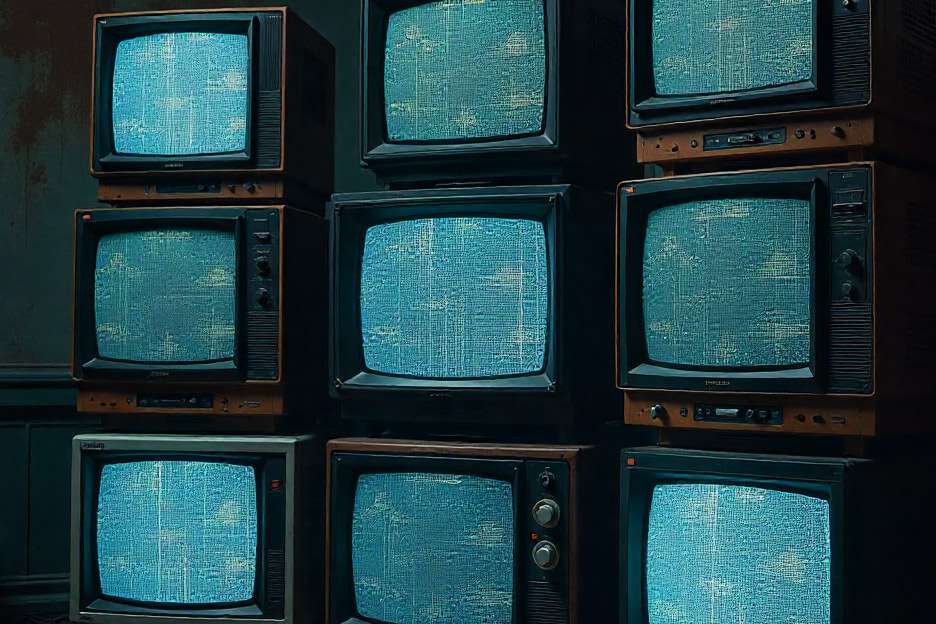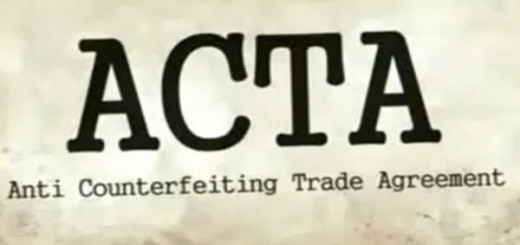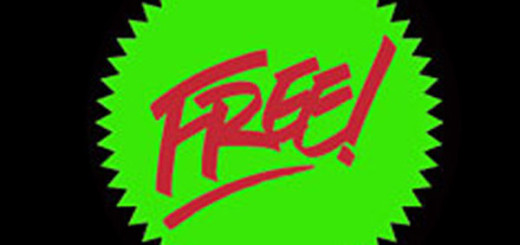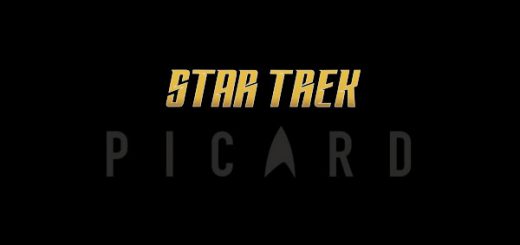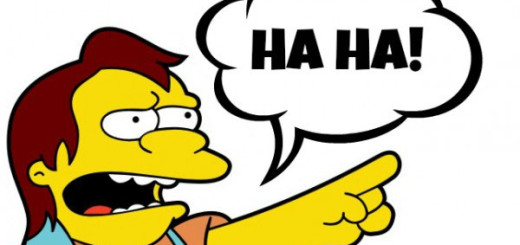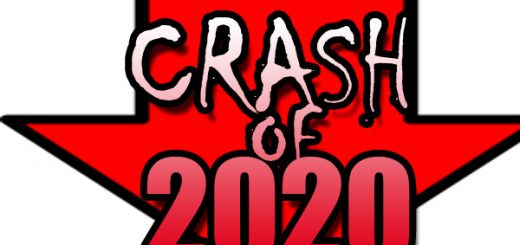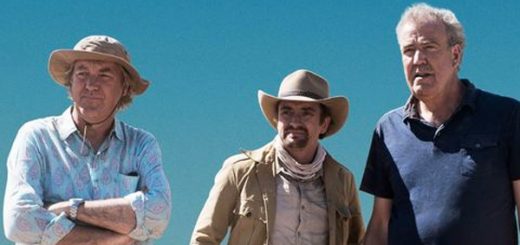What Happened to the Free Revolution?
Subtitle: What happened to the Free! Revolutionaries?
It’s been a few years now that I talked about the supposed Free revolution. The idea was generally that with infinite and free online distribution, you could give stuff away for free with the idea that a certain percentage of people would either pay for the product or would buy an upgrade or some sort of premium to bring you income. Thrown in there was the concept of giving away what could get pirated anyway, with the hope of selling something else once these people are using your product or know about your company.
In terms of economic theory, the free price point makes sense to those who push the idea, and they use the law of supply and demand to “prove” it. Infinite supply drives the price to zero, as the market is technically always in oversupply. Of course, they don’t mention that this situation only tends to exist because of piracy, and not because of choices made by those who produce digital goods. It’s such a compelling theory that websites have made their living pushing the concept and writers have of course made good money writing about it and selling books. The irony of course for those writing books is that the book market is quickly both going digital and getting consumed by piracy. Almost any major released book that you want to read is available in a digital format, which means that it’s not that hard to find a pirated version that you can read for free.
So what of this revolution?
Well, various models have been tried and most of them have failed. The pay what you want model, famously tried by Radiohead, was a modest success but not enough of one for too many others to go down that road. Radiohead has since released other material and used more conventional means of distribution, perhaps an indication that the pay what you want model doesn’t have the sort of legs they wish it did.
Another theory was “give it all away and then sell concert tickets and merchandise”. This was pretty famously pushed by Trent Reznor of Nine Inch Nails, who spent quite a while putting everything and anything on his website for free and letting people download it. It was such a raving success that (a) NIN basically went into hibernation, (b) Trent went off to write music for movies and videogames, where he got solid income from the rights on those tunes, and then (c) when he decided to get back to NIN, he signed a record deal with a label and called it a day. Yes, Trent Reznor certainly got a very good deal with the label in question, but in the end, he understood that he needed the exposure and the distribution that the label could give him worldwide that he himself could not generate.
The best one is the spokesman and writer who put it all on the line. Chris Anderson famously wrote the book Free: The Future Of A Radical Price, and used his bully pulpit as the editor of Wired to push the concept over and over again. Surely Chris Anderson would be there profiting from this radical business concept and getting rich from selling premiums, right?
You would think so. You would be wrong.
Chris Anderson has quickly moved on. His world isn’t that of the free, his world is that of $1500 a shot drones. He’s written about the “maker revolution” (he seems to never miss a chance to lead the band at the parade), but his real business these days isn’t profiting from a radical price or marketing digital goods, no, he is off selling expensive drones in a red hot hobby and near hobby market. Free? That apparently is for suckers.
So now that the smoke is clearing and most of the leaders of this revolution have moved on to making money again selling things, where does this leave us? What are the benefits of free?
Truth is, they are pretty scarce on the ground. There is certainly an interest in using P2P to move files around, but that has sort of been lost behind all the hype of the “cloud” these days. Apple recently obtained a P2P patent that would enforce a form of DRM, which brought wails of anger from the purists. Some bands, musical artists, and video makers have certainly become better known as a result of free distribution, particularly through sites like Youtube and similar viral sites. They have also gotten a boost from social media tools like facebook, twitter, and even Vine, getting their message out to a public who might not have known otherwise that they were out there.
However, in the music industry, the trade off has been dollar for dollar about net the same. Less recorded music sold, more concert ticket income. Those who push the free model will say that more money is going to the artists, as many artists now self promote and take a bigger part of the concert income as both an artist and a promoter. Yet, there is little discussion of the significant increases in costs to artists to pay for their tours, their promotions, their marketing, and all that goes with it. Moreover, the majority of the increase in concert ticket income seems to be more attributable to significant increases in ticket prices for the top, best known artists. Concert tickets in the US for major acts are often selling at well over $100 a seat for a 2 hour (or less sometimes) show. The rich are getting richer, it seems. For the lower end artists, it seems that more people are trying to get a piece of the remaining pie, so while more money is flowing to artists, there are also more artists taking part of it. The result is that there seems to be no real increase noted in the number of artists making a living making music.
For movies, things are worse. A perfect storm of Technology means that you can now shoot a movie in digital format that is more than good enough image quality for distribution and release. The results are that the number of films released has more than doubled, but the ticket sale income on movies hasn’t moved very much (up a small tick, mostly again because of higher ticket prices on 3D movies). Simple math says that with more movies and the same income, the average income per film is dropping rapidly. Moreover, with the “digital world” (aka piracy) eating away at DVD sales and other post release income streams, it’s getting harder to make a profitable product. There is really some huge gaps out there.
The free revolution is perhaps already starting to fade in some ways. It has been more recently replaced with the Kickstarter style concept of selling an idea (or a prototype example) to a public who “funds” your project before they deliver to you. Many gaming companies are doing this sort of thing, basically asking to be paid for what often seems to turn out to be a beta product. There are successes and failures in this model, which seems to shift the burden of risk away from company owners and onto the public. There have been a few notable failures and blow ups, many controversies and little proof that this really advances things very much. Most critics agree, especially in the music business, Kickstarter type projects tend to look way too much like begging and way too little like believing in your own product.
The free compontent is still there. Most of the money on Kickstarter projects for music is about personal access, selling off “artist sings at your house”, “artist has dinner with you”, or the infamous “artist plays miniputt with you”. Much of what is sold isn’t the music, it’s access and time. It sadly turns the process of making music into a sideline for selling fame, cheaping the real product in return for the illusion of a brush with fame.
Free may never truly go away. It’s clear however, 5 years later, that the revolution same and went, and the walls didn’t come tumbling down after all.
